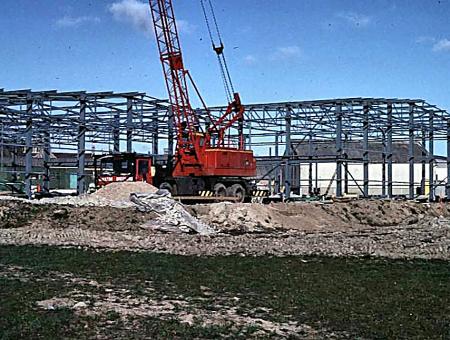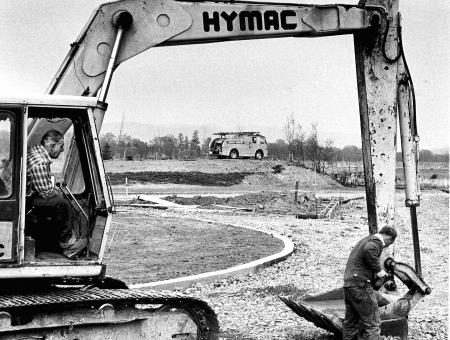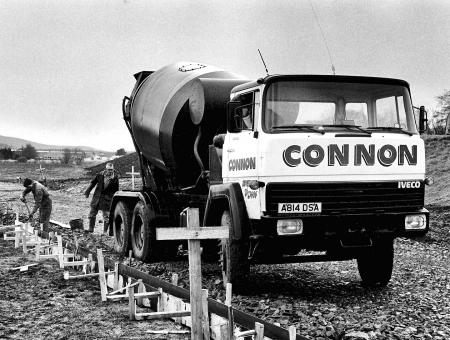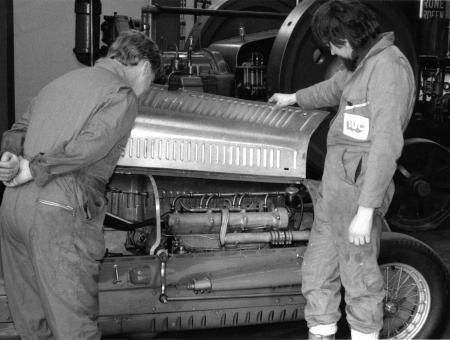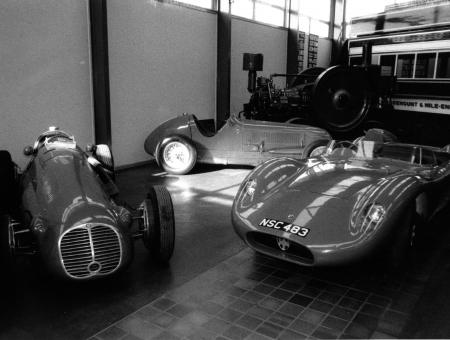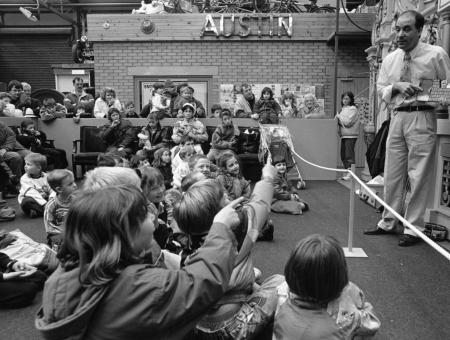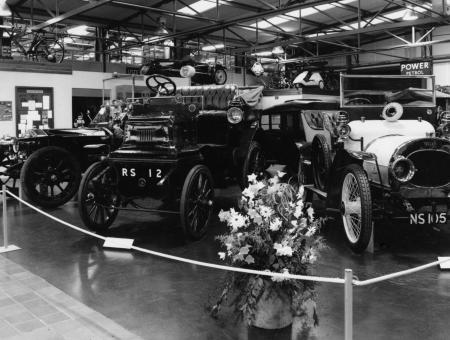During the late 1970s and early 1980s, Scotland experienced a severe economic recession that had significant effects on various regions, including Aberdeenshire and the town of Alford. This period of economic decline resulted in challenges such as high unemployment rates, declining industries, and stagnant economic growth.
Aberdeenshire, which heavily relied on industries such as oil, agriculture, and fishing, faced particular difficulties. The recession led to a downturn in the oil sector, resulting in job losses and reduced employment opportunities. The impact of the oil industry declines also affected related industries, leading to decreased economic activity and hardships for individuals and businesses in the area.
Similarly, the town of Alford, located in Aberdeenshire, experienced the consequences of the recession. The local community faced financial struggles and increased unemployment due to job losses and the overall weakened economy. Given Alford's dependence on industries like agriculture and oil, these challenges were amplified during this period.
During the recession, the village started experiencing the negative impact of unemployment. It became evident that a stimulus was necessary to revive the local economy, which heavily relied on agriculture at the time.
To address this situation, the village turned to tourism as a solution. During this period, the village developed various attractions, a tourist trail, a swimming pool, a golf course, a brewery for producing real ale, and of course, the Grampian Transport Museum.

This Paper was published the 9th of April, 1983 and reads as follows:
Set up at a cost of £0.25m, it is owned by the Regional Council and run by the Grampian Transport Museum Association, a volunteer group whose main aim is to preserve and promote interest in historic transport within the area. Since the foundation in 1978 the main aim of the Grampian Transport Museum Association has been to establish the museum.
They approached the Grampian Regional Council and the concept of transport museum appealed very much to the then head of leisure recreation and tourism, Mister Jack Nichol in the spring of 1981 an exhibition of transport was opened in a small list used factory at Alford. It was intended only as a temporary pilot scheme, but an impressive display was mounted which attracted over 12,000 visitors in the first year. The new building contained 2 main exhibition areas, an office, shop, restoration workshop and elevated observation gallery.
Changes
Most of the vehicles which aren't display have been loaned, but a few have been donated. Exhibits include the 1953 Rolls Royce which carried Princess Grace and Prince Rainier of Monaco to their wedding, and 1907 Rolls Royce Silver Ghost and a horse drawn fire engine once used at the Culter Mills.
“A large pool of exhibits from which we can draw,” said Mr. James Gordon association chairman and one of the main instigators behind the Alford Museum project.
“Therefore, we will be able to change the displays from time to time. What you see on one visit to the museumisn't necessarily what you will see if you come back in a month or two's time.”
As well as the genuine article, the new museum also houses a large collection of model vehicle and a library of magazines books and manuals, plus a variety of other transport related exhibits.
Major source
Funding for the museum has come from the Grampian Regional Council and a large grant from the E. E. C.
The G.T.M.A. also did their bit, by holding the Alford Cavalcade every year since 1978. This extremely popular vintage vehicle rally has been a major source of income.
Then new museum's curator Mr Michael Ward (27), Comes to Alford from the Bass Museum of Brewing in Burton-on-Trent, where he has worked for the past eight years.
“This is certainly my biggest challenge yet," he said.” There is tremendous potential here.”
Stimulation
As far as Alford itself is concerned, the opening of this showpiece represents a major chapter in the success story of the village which has steadfastly refused to bow to the recession.
In the late 70s it began to feel the effects of the unemployment badly. It became obvious that stimulation was needed to revive the village rapidly dwindling agriculture-based economy.
For Alford, tourism has provided the answer within the last three years the village has built the transport museum tourist trail where swimming pool, golf course and real ale brewery.
The museum contains the biggest display of transport north of Glasgow said Mr Gordon. “We are sure it will prove a great tourist attraction with associated benefits for Alford and the surrounding area.”
References

